Hello everyone, and welcome to StyleFile by Lisa!
Today marks the beginning of our stylish adventure together. In our first post, we’re diving into the captivating history of fashion. We’ll trace the evolution of trends from the elegant, restrictive corsets of the early 20th century to the bold, expressive statements of the 2000s. Join me as we explore how decades of cultural, social, and technological changes have shaped the way we dress and express ourselves through fashion today.
Fashion is not just about the clothes we wear; it’s a vibrant expression of cultural shifts and historical changes. From the corseted silhouettes of the early 1900s to the bold statements of the 1980s, and up to today’s sustainable fashion trends, the transformation of fashion offers a mirror to societal evolution. This article explores how fashion has evolved over the decades and its significant impact on modern trends.
- The Early 20th Century (1900s-1920s)
The turn of the century marked a period where fashion was an indicator of social status and strict societal norms. Women’s fashion was dominated by hourglass figures achieved through corsets and covered-up styles reflecting the era’s modesty. However, by the 1920s, the world saw a drastic shift with the flapper dress symbolizing rebellion against previous restrictions. Hemlines rose and waistlines dropped, mirroring the newfound freedom and rights for women.
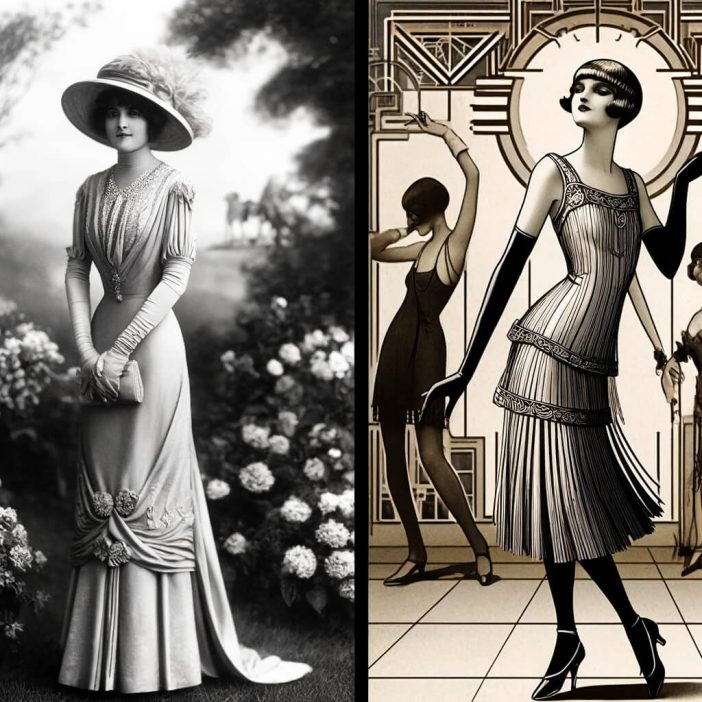
- The Golden Age of Hollywood (1930s-1950s)
The 1930s to 1950s are often referred to as the Golden Age of Hollywood, where cinema had a profound impact on fashion. The glamour seen on screen became a desirable escapism from the harsh realities of the Great Depression and World War II. Silhouettes were elegant and body-hugging, and designers like Christian Dior introduced luxurious fabrics and intricate designs, as seen in the iconic “New Look” silhouette of 1947.
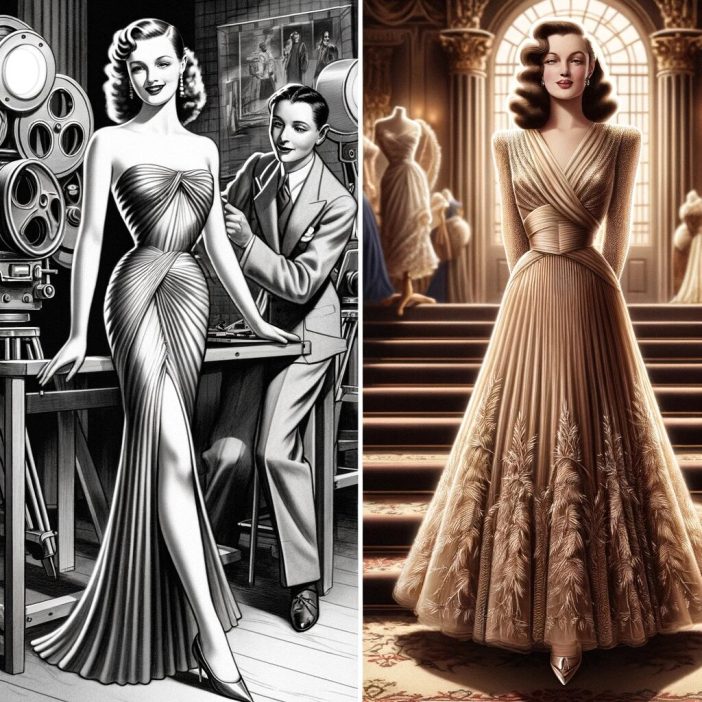
- Rebellion and Freedom (1960s-1980s)
The 1960s were all about rebellion and freedom of expression. The era saw the rise of miniskirts, psychedelic prints, and vibrant colors that challenged the conservative dress codes of previous decades. The 1970s continued this trend with the introduction of bell-bottoms and the popularization of the bohemian style. By the 1980s, fashion had taken another turn with the rise of power dressing, characterized by padded shoulders, bold colors, and statement accessories—a reflection of women’s increasing roles in professional spheres.
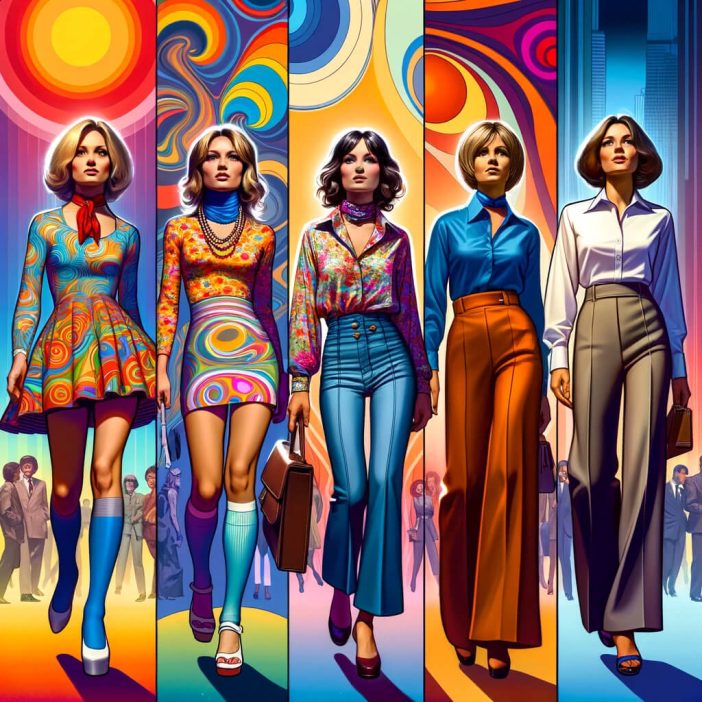
- The Rise of Fast Fashion and Sustainability (1990s-Present)
The late 20th century and early 21st century witnessed the rise of fast fashion—affordable clothing produced rapidly by mass-market retailers. This era democratized fashion, making the latest styles accessible to a broader audience. However, it also led to significant environmental and ethical concerns. In recent years, there’s been a growing movement towards sustainable fashion. Designers and consumers are increasingly advocating for practices that reduce waste and promote ethical labor conditions, such as using eco-friendly materials and supporting local artisans.
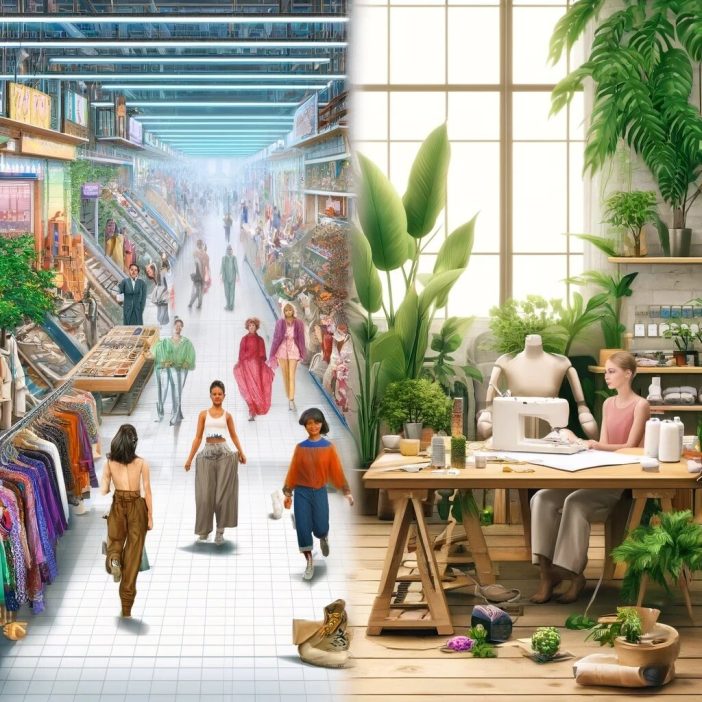
Impact on Modern Trends
Today’s fashion is a blend of past influences and contemporary innovations. Designers frequently revisit and reinterpret styles from previous decades, integrating them with cutting-edge technology and ethical considerations. The cyclical nature of fashion ensures that vintage styles often make a comeback, albeit with modern twists that align with current values and technologies.
As we look back on the evolution of fashion, it’s clear that it is not only a reflection of beauty and creativity but also a powerful tool for societal commentary. Understanding the history of fashion trends helps us appreciate the deeper meanings behind what we wear and encourages us to think critically about future trends.
I hope this journey through the vibrant history of fashion has inspired you and given you a deeper appreciation for the trends we see today. Thank you for joining me on this first exploration. There’s so much more to discover and discuss, so stay tuned for more posts where we’ll dive into model tips, sustainable practices, and everything stylish.
Bye bye for now, and see you soon on StyleFile by Lisa!
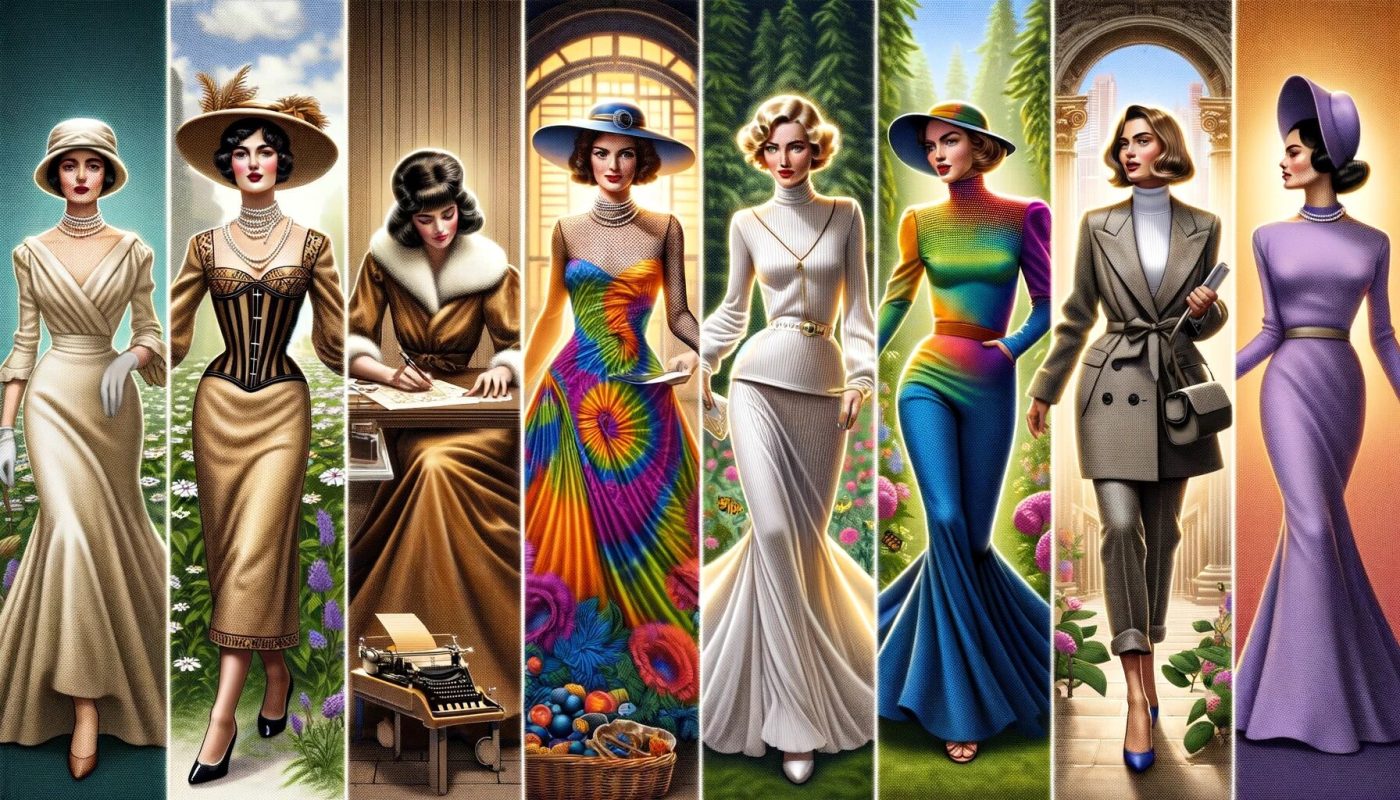

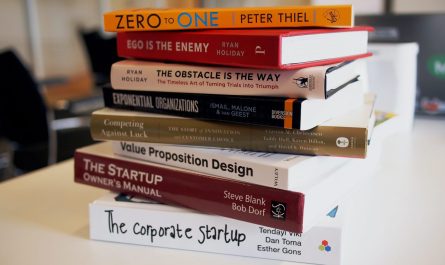
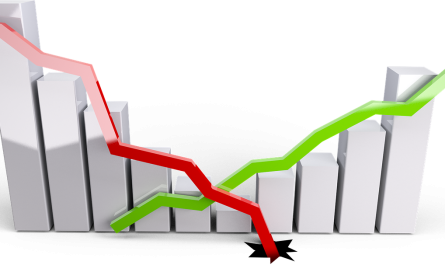
I absolutely love the 1930s-1950s style. Fascinating!
So interesting!!! Loved how you explained the evolution of fashion
Great post. Being interested in fashion myself I have now learnt more about how fashion evolved. I am excited to see where this goes.
Wow, actually I am really impressed by what I read. Because I am rookie in the fashion topic and your post helped me a lot in understanding the evolution of fashion industry! Thanks!
What an insightful journey through the evolution of fashion! Your exploration of how trends reflect societal changes is both captivating and enlightening. Looking forward to more stylish adventures from you!
What a great start to StyleFile! I enjoyed your exploration of fashion’s rich history and intertwined relationship with societal changes. Your insights into each era were informative and beautifully narrated!
Looking forward to your next post and more stylish insights. Keep up the great work!
This article brilliantly captures the transformative journey of fashion from the early 20th century to the present. It skillfully links historical styles to societal changes and contemporary issues like sustainability. I believe the author effectively interprets the history of fashion, enhancing our understanding and sparking interest in future explorations of fashion trends.
Such an interesting and well written article! I really learned a lot. Thank you Lisa!
Very interesting! Thank you for this insightful explanation of the evolution of fashion!
I finally understand the key development of fashion! Thanks a lot
Wow! It’s very interesting!
I will be waiting for more of your posts
Great article of the evolution of style. Love it. My favorite one is the Golden age of Hollywood. I love that glamour in style.
I have no fashion sense. Help me!
Very informative piece depicting fashion through time.